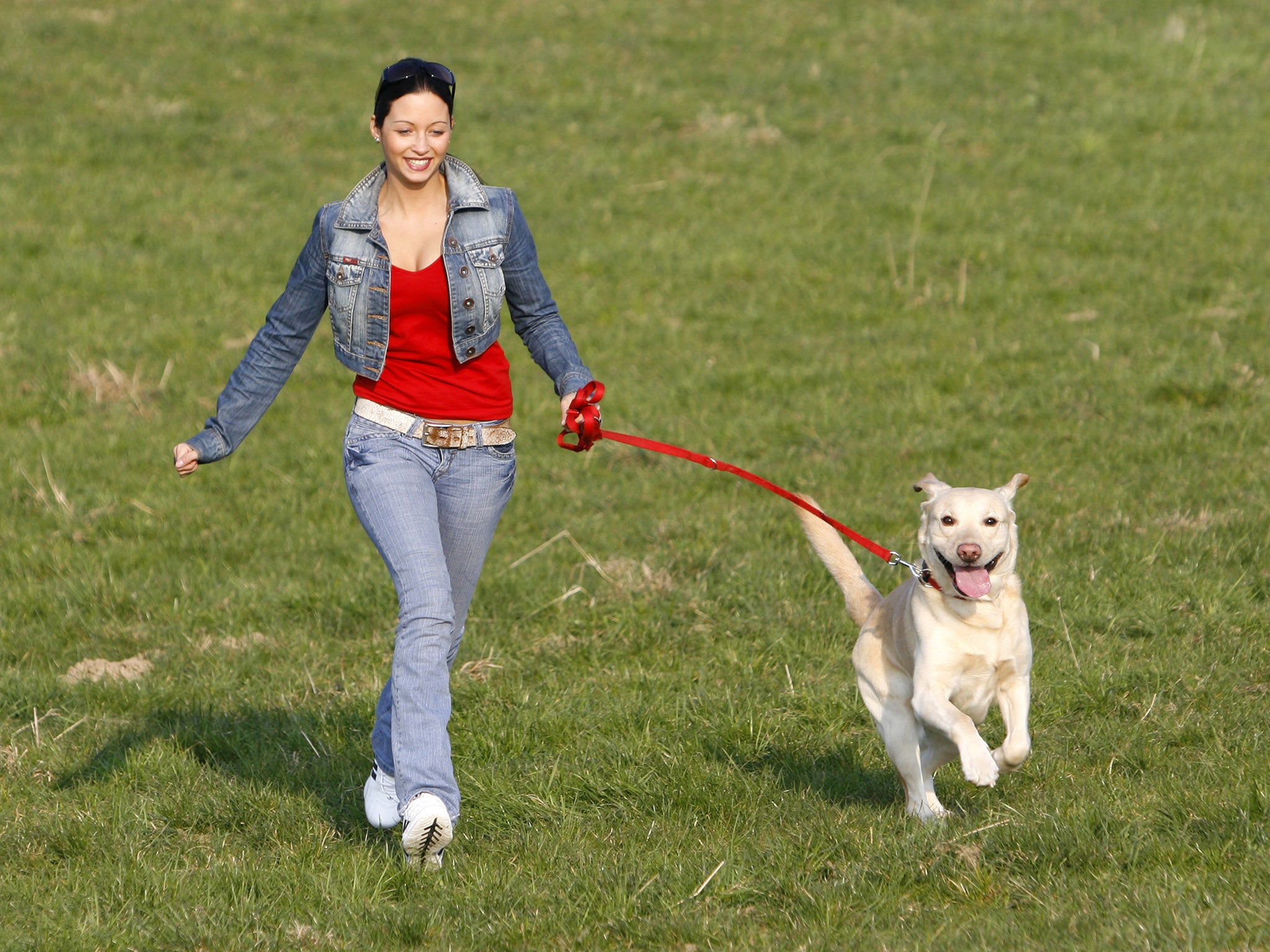

Instead of aiming to walk 20,000 steps a day, you can focus on increasing your walking speed even slightly to maximize its calorie-burning potential. All muscles use energy in the form of calories to fuel your movements, which helps you burn more calories as you move.Īccording to a Harvard study, a 155-pound person walking at a pace of 3.5 miles per hour can burn on average about 133 calories in a 30-minute period, while the same person walking at 4 miles per hour – which is only a half a mile increase – will burn up to 175 calories. This is because as you walk faster, you force more of your major muscle groups to exert more effort to keep you moving. Increasing your walking pace can significantly increase the number of calories you burn as you walk. Walking of any kind can provide ample benefits, but walking at a faster pace, even an extra half mile per hour, can help you turn a daily stroll into an exercise program that will help you lose weight, build strength, and even contribute to lower blood pressure.īelow, you’ll find just a few benefits that you can glean from a consistent brisk walking routine. Here is a chart with pre-calculated target heart rate ranges based on age: Age (years)

You can find inexpensive chest-strap heart rate monitors for as little as $50 and monitors for your wrist for around $80. There are a few different options to track your heart rate, but the easiest by far is picking up a heart rate monitor. Therefore, a 35-year-old brisk walker would want to adjust their pace so that their heart rate is somewhere between 118 and 140 BPM. So, if you’re 35 years old, your maximum heart rate will be approximately 185 beats per minute (BPM).įrom there, the process of calculating your heart rate range can be calculated by multiplying your MHR by 0.64 (64%) and 0.76 (76%) since you are aiming to be between 64–76% of your MRH while brisk walking.
DOG BRISK WALK HOW TO
How to calculate your maximum heart rate (MHR)?Īn estimate of your maximum heart rate can be calculated by simply subtracting your age from the number 220.

Since brisk walking is considered a moderate-intensity exercise, it is recommended to elevate your heart rate to 64–76% of your maximum heart rate, according to the CDC. The resting heart rate of a physically fit person will generally be around 50% of their MHR. This increase in blood flow, as well as an added level of pressure as it moves through the arteries, is what keeps your cardiovascular system strong and healthy. The recommendation for you to step up your walking pace comes largely from the effect that an increase in walking speed can have on the heart rate.Īs your heart rate increases, so does your blood flow. When brisk walking, you want to make sure you stay at a conversational pace, meaning you have enough air in your lungs to carry on a conversation, but not so much that you can walk and sing a song. The biggest difference between the two is that you want to keep your heart rate between 50–85% of the maximum when brisk walking. Walking faster, somewhere between the range of 5–7 miles per hour, is technically considered speed walking, so the ideal speed for anyone wanting to brisk walk is to aim for 3–5 miles per hour. Generally speaking, it’s not considered brisk walking unless you walk at a pace of 3 miles per hour or more. How quickly you can brisk walk will depend on things like your current level of fitness, muscle strength, cardiovascular endurance, and whether or not you are suffering from any physical activity-related injuries.


 0 kommentar(er)
0 kommentar(er)
